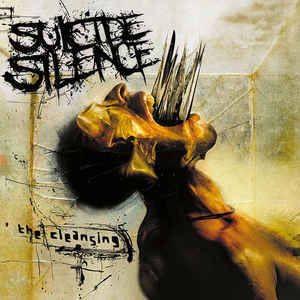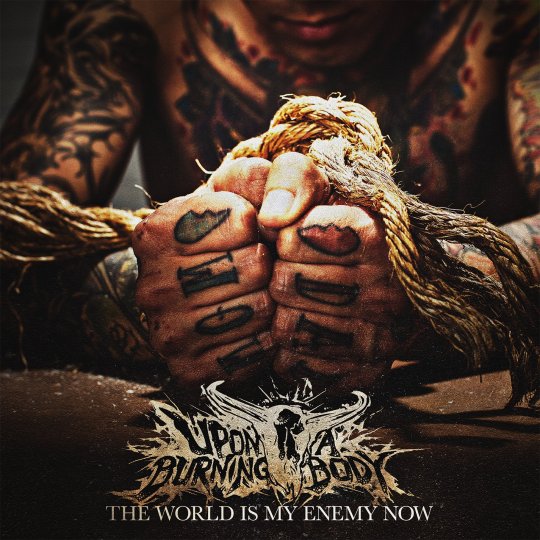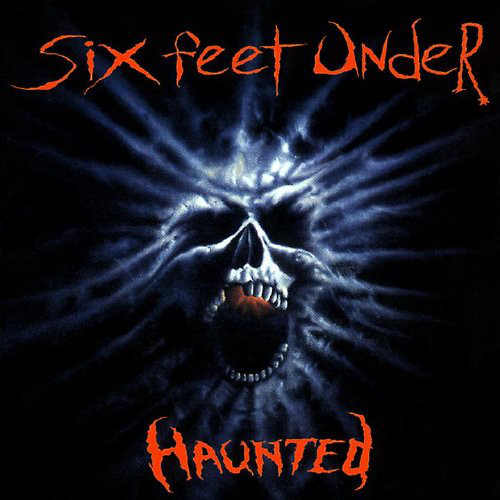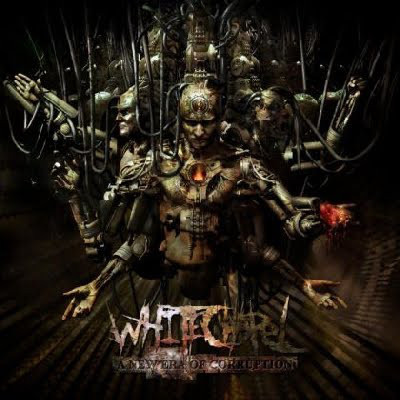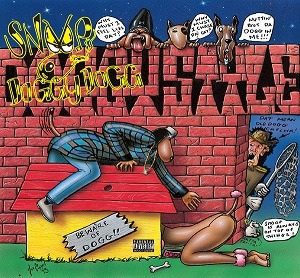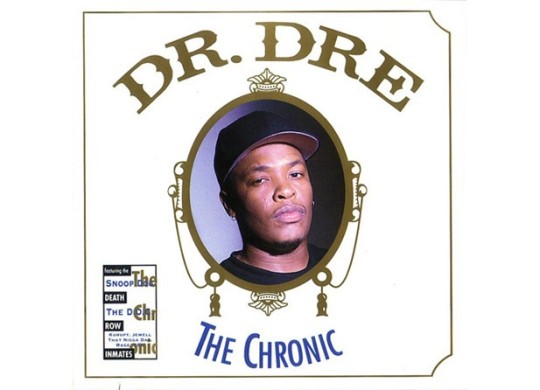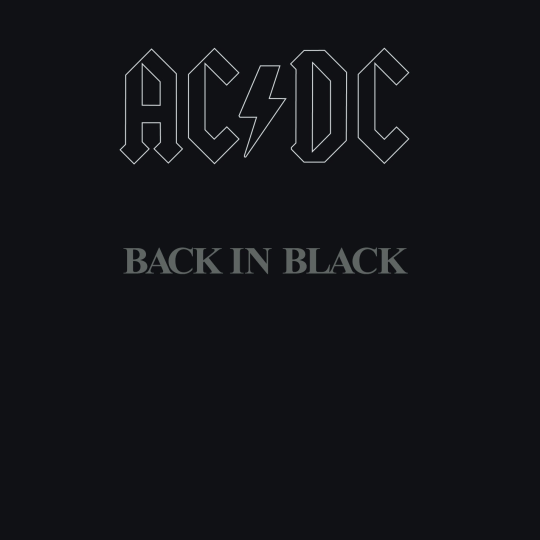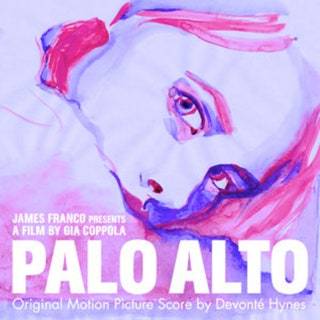
English singer-songwriter Devonte Hynes, also known as the artist behind Blood Orange, has risen in fame over the past decade. His earlier albums, “Coastal Grooves” and “Cupid Deluxe” are marked by their mixture of R&B and hazy electronica. From 2016 to 2019, he released three more albums (“Freetown Sound”, “Negro Swan” and “Angel’s Pulse”), all of which explore the Hynes’ thoughts on sexuality, race, and spiritual callings.
His score for “Palo Alto” (2014), written by Gia Coppola and James Franco, is a beautiful compilation that reflects the tone of the film perfectly. Based on Franco’s book, “Palo Alto” tells the story of a group of California teens navigating relationships and what it feels like to grow up too fast. Although the movie is no longer to my taste for a variety of reasons, I appreciate Hynes’ musical contributions. The soundtrack is almost entirely instrumental, made up of soft synths and light tones. Overall, it is a melancholy and sentimental score that is meant to echo the lives of the main characters and how they cope with raging hormones, peer pressure, and their own inner selves.
Here are some of my favorite highlights from it:
1. April’s Daydream
2. Palo Alto
3. Teddy & April
4. Soccer Field
5. Teddy Rides Home
Stay tuned in!
– DJ butter

